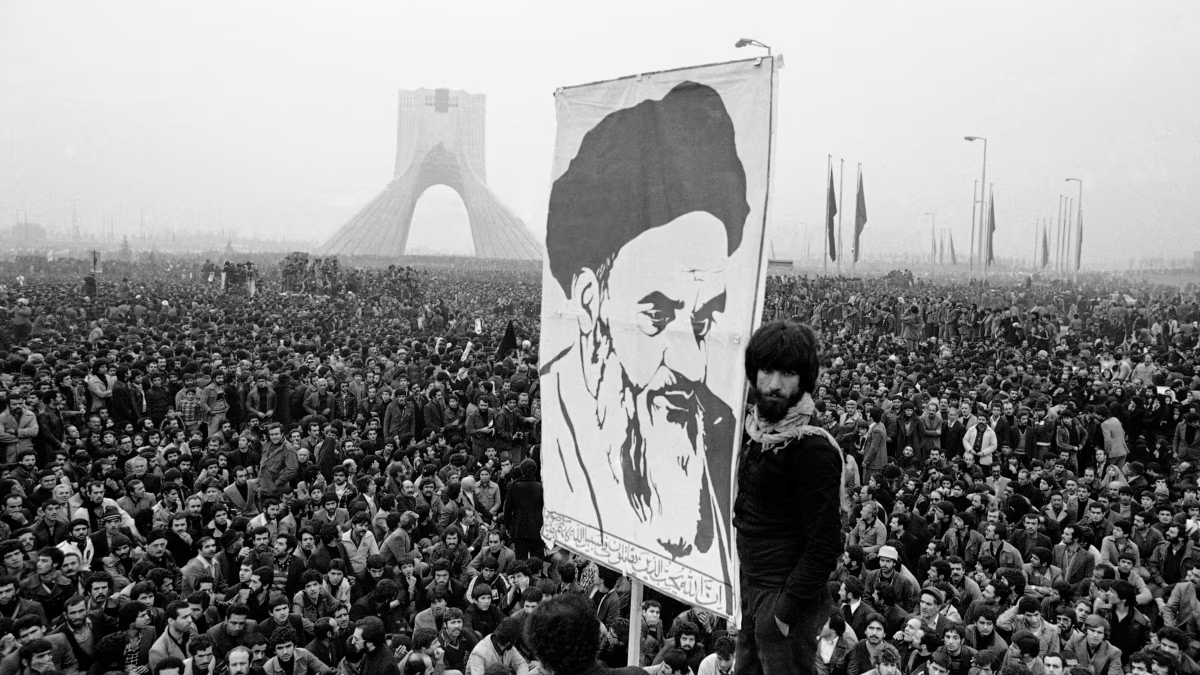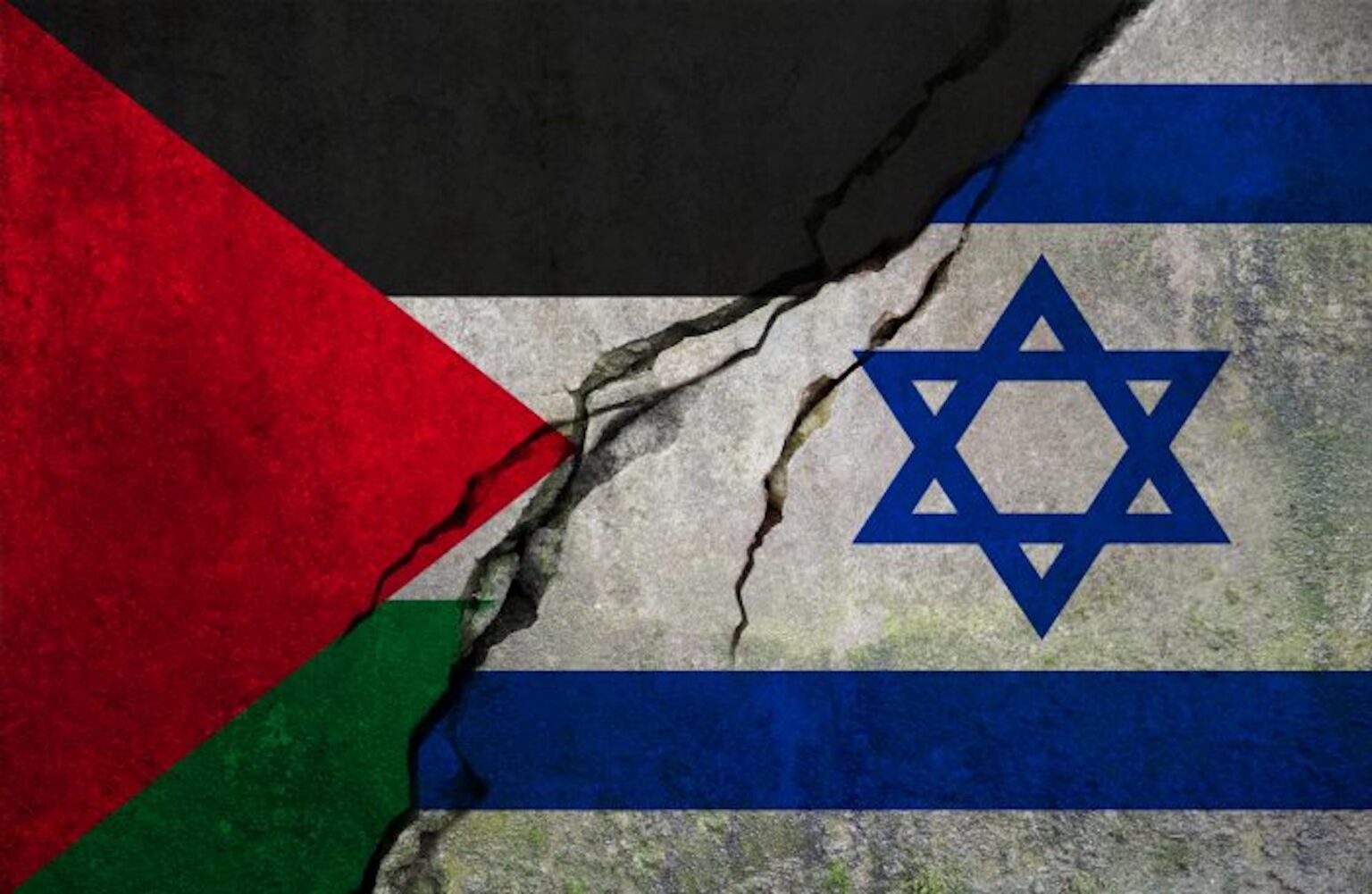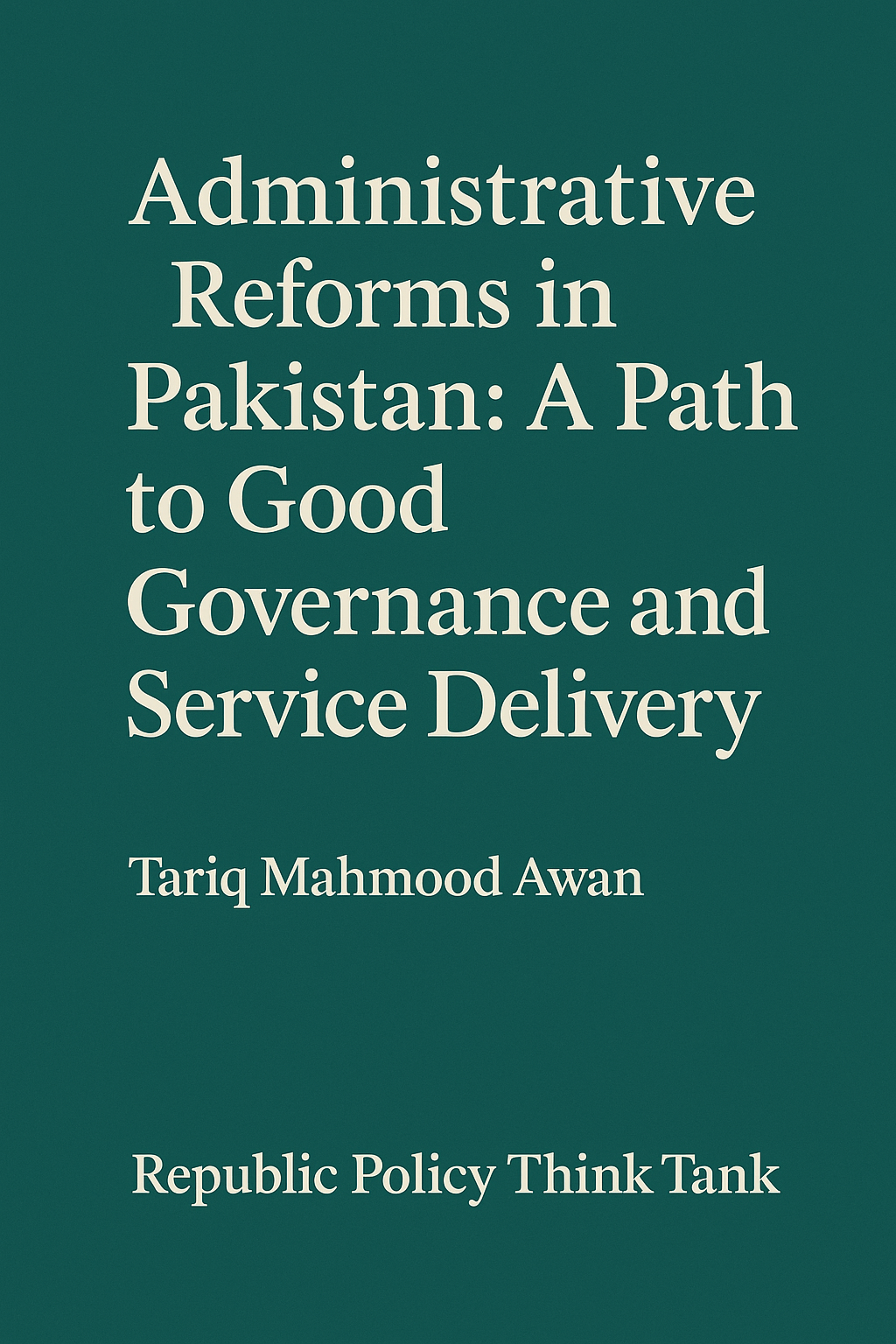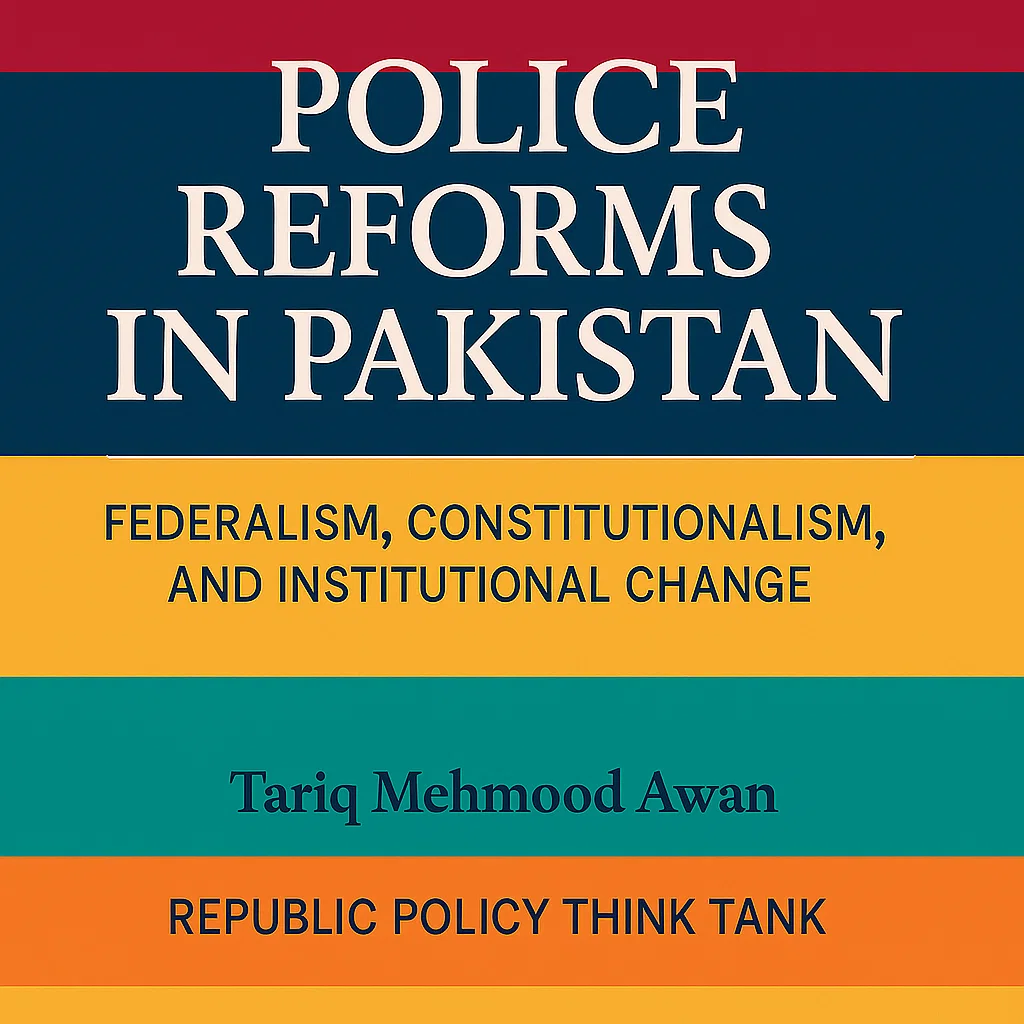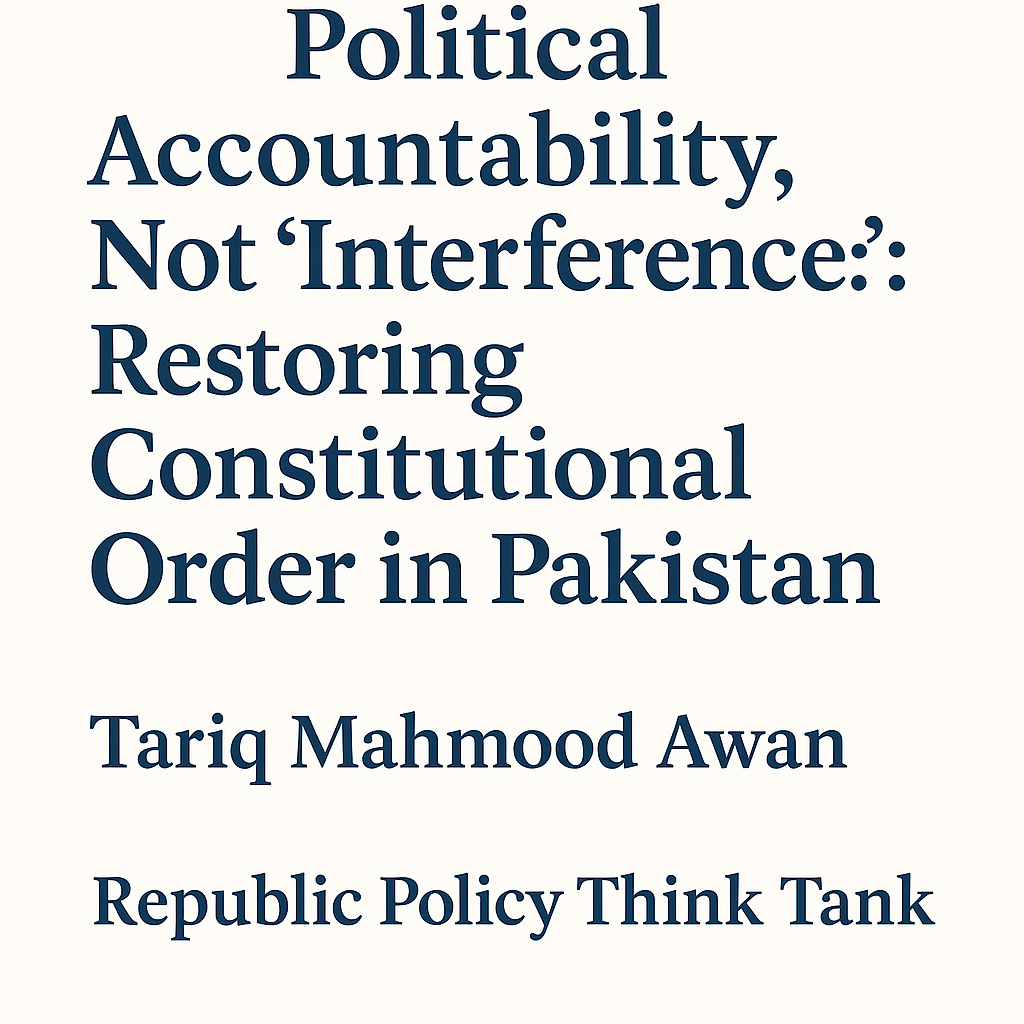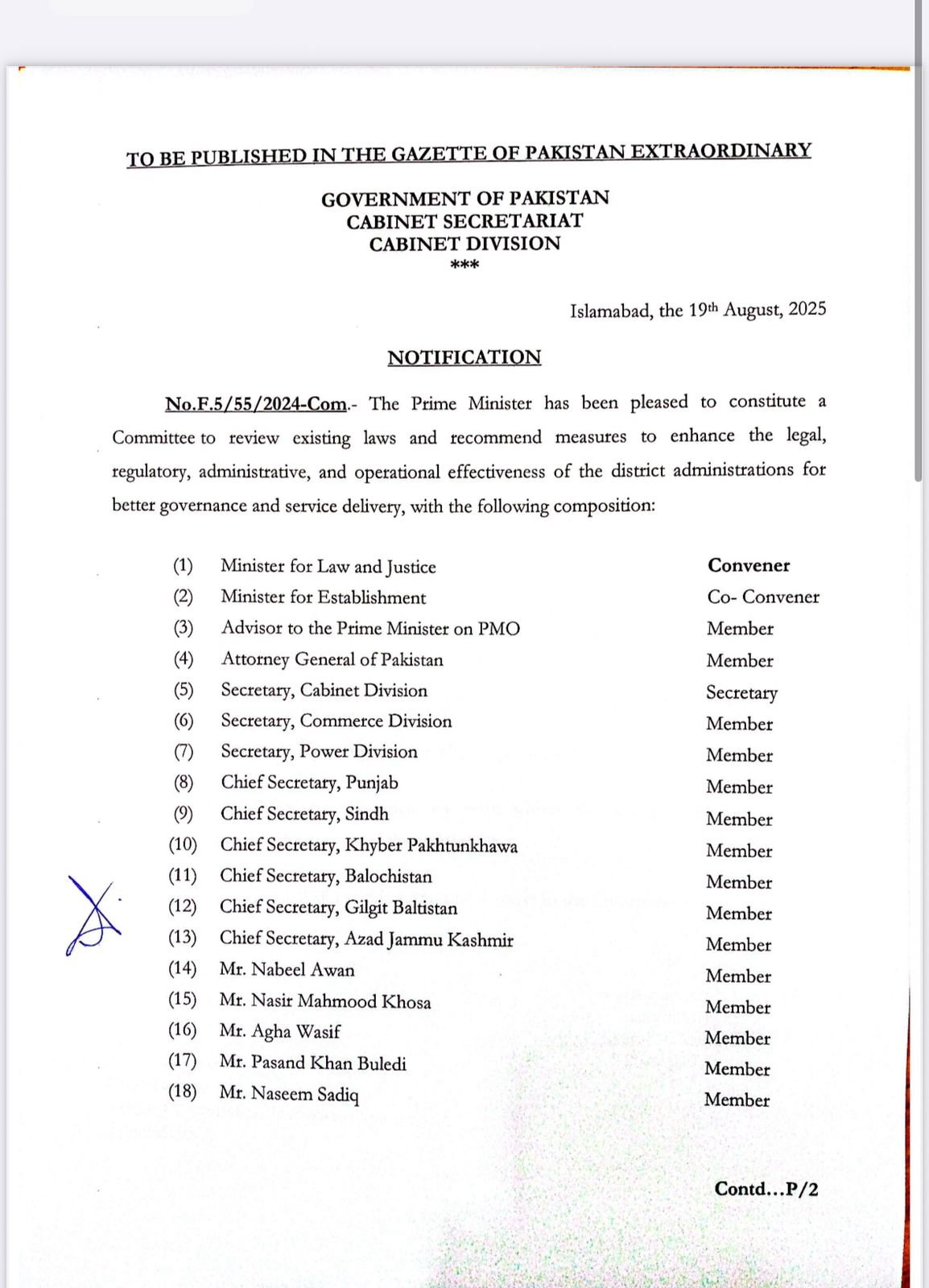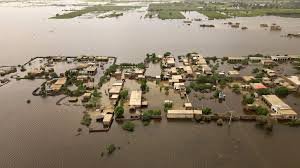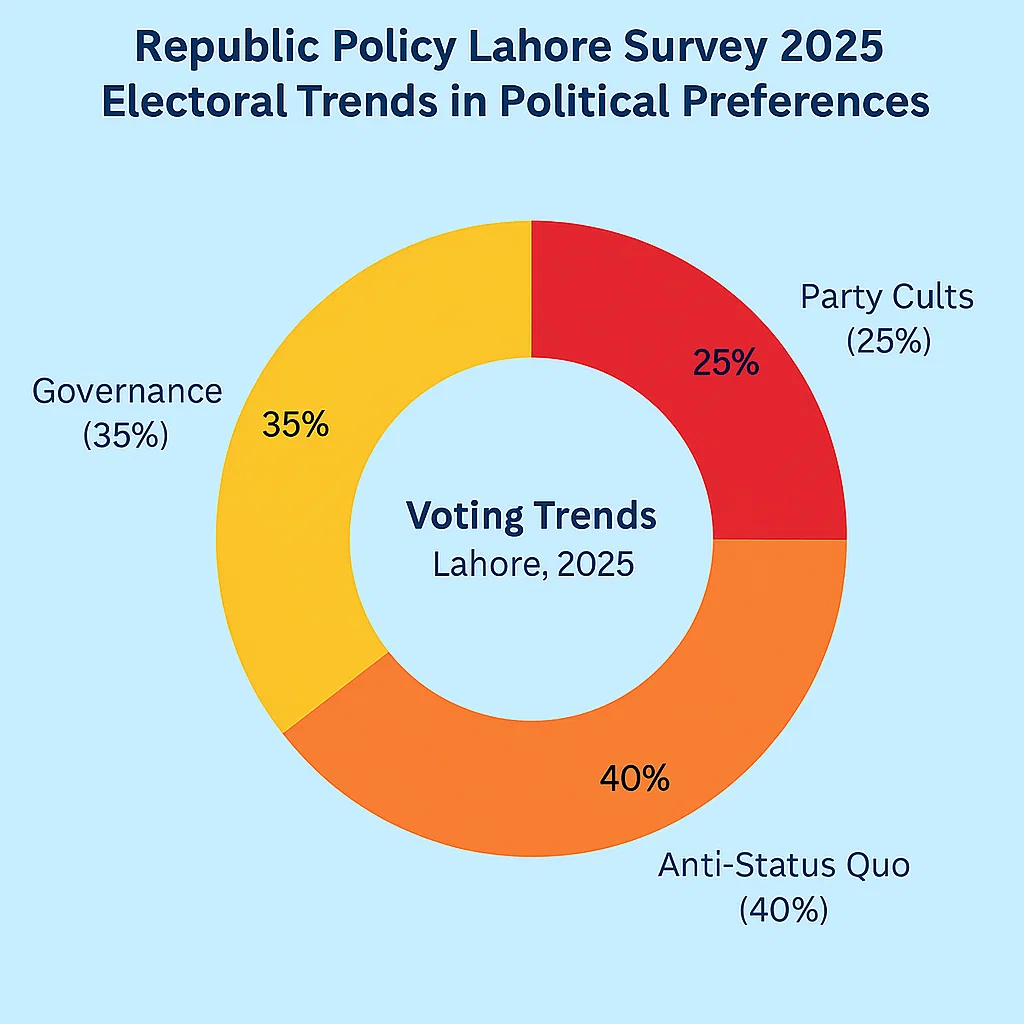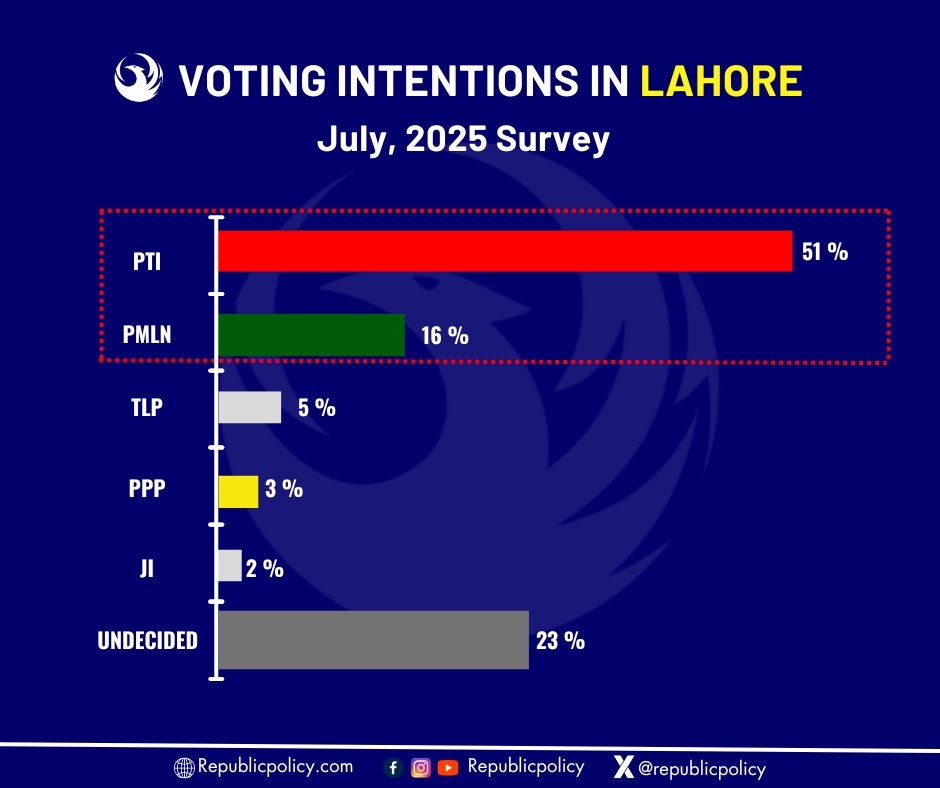Safia Ramzan
The Iranian Revolution of 1978–79, a significant and complex event in history, stands as a testament to the resilience and unity of diverse social groups. These groups, including clergy, landowners, intellectuals, and merchants, had previously united during the Constitutional Revolution of 1905–11. Their efforts towards meaningful reform, rooted in Iran’s longstanding history, were repeatedly hindered by social tensions and external interventions from Russia, the United Kingdom, and later the United States. Yet, their determination and unity remained unwavering.
The United Kingdom played a crucial role in enabling Reza Shah Pahlavi to establish a monarchy in 1921, only to later push him into exile in 1941, paving the way for his son Mohammad Reza Pahlavi to ascend the throne. The 1953 coup orchestrated by the U.S. Central Intelligence Agency and the U.K. Secret Intelligence Service further exacerbated political turmoil in the country. Mohammad Reza Shah’s White Revolution, a modernization program aimed at transforming the country’s socioeconomic landscape, led to significant social and economic disruptions, urbanization, and Westernization, sparking concerns about democracy and human rights. Despite its economic success, the program failed to equitably distribute its benefits, contributing to mounting economic challenges and sociopolitical repression in the 1970s.
During this period, the shah’s regime intensified political oppression, marginalizing opposition parties and stifling dissent through censorship, surveillance, and unlawful detention. Simultaneously, secular intellectuals, previously critical of the power of religious scholars, began rallying behind Ayatollah Ruhollah Khomeini, who had been exiled for his outspoken criticism of the shah’s reforms. Khomeini’s populist appeal and his scathing denunciations of the shah resonated with a growing number of disenchanted Iranians, particularly the unemployed and working-poor migrants from rural areas seeking guidance amidst the country’s cultural shifts and economic challenges.
Iran’s outwardly expanding economy and modernizing infrastructure masked underlying discontent, as rapid social and economic transformations imposed by the government failed to meet public expectations. This disillusionment culminated in widespread demonstrations against the regime in 1978, underscoring the deep-seated grievances simmering within Iranian society.
The spark that ignited the revolution came in January 1978, as thousands of young madrasah students, fueled by their passion and belief in change, took to the streets in protest against perceived slander directed at Khomeini. Their actions were soon joined by a broader cross-section of Iranian youth, demonstrating the power of the younger generation in shaping history. This culminated in anti-regime protests that the shah, already weakened by illness, struggled to contain. The regime’s violent crackdown on demonstrators only served to inflame the situation, triggering a cycle of violence and protest deeply intertwined with Shiʿi Islam and marked by the revolutionary chant, “Allāhu akbar.”
As the unrest escalated, the imposition of martial law, deadly crackdowns on demonstrators, and widespread strikes by government and oil industry workers brought the country to a standstill. Khomeini, coordinating opposition efforts from abroad, called for the shah’s abdication, eventually leading to his exile and the collapse of his regime. Khomeini’s return to Iran was met with jubilation, with millions rallying in support, and on February 11, 1979, the armed forces declared their neutrality, effectively spelling the end of the shah’s rule. These events marked the culmination of the Iranian Revolution, a monumental and transformative chapter in the nation’s history, underscoring the magnitude of the changes that took place.
After the Iranian Revolution of 1978-79, the aftermath was marked by significant changes that reshaped the social and political landscape of Iran. With overwhelming support in a national referendum, Ayatollah Ruhollah Khomeini declared Iran an Islamic republic on April 1, 1979. However, this declaration led to a shift in power dynamics, as elements within the clergy moved to exclude their former left-wing, nationalist, and intellectual allies from positions of authority in the new regime. The return to conservative social values was enforced, leading to the declaration of the voiding of the Family Protection Act of 1967 and the enforcement of Islamic codes of dress and behavior by mosque-based revolutionary bands known as komītehs.
During most of 1979, the Revolutionary Guards, initially an informal religious militia formed by Khomeini, engaged in activities aimed at intimidating and repressing political groups not under the control of the ruling Revolutionary Council and its sister Islamic Republican Party. The violence and brutality during this time often exceeded that which had taken place under the previous shah’s regime.
The anti-Western sentiment in the new regime led to the suppression of Western cultural influence, causing many Western-educated elite to flee the country. This sentiment culminated in the November 1979 seizure of 66 hostages at the U.S. embassy by a group of Iranian protesters demanding the extradition of the shah, who was undergoing medical treatment in the United States. This event, known as the Iran hostage crisis, positioned Khomeini’s supporters as “anti-imperialist,” allowing them to suppress most of the regime’s left-wing and moderate opponents.
The Assembly of Experts, overwhelmingly dominated by clergy, put a new constitution to referendum the following month, establishing a religious government based on Khomeini’s vision of “governance of the jurist.” This new constitution granted sweeping powers to the leader, with Khomeini himself becoming the first rahbar. Moderates such as provisional Prime Minister Mehdi Bazargan and the republic’s first president, Abolhasan Bani-Sadr, who opposed holding the hostages, were gradually forced from power by conservatives within the government who questioned their revolutionary zeal.
The Iranian Revolution of 1979 had a significant impact on the geopolitical landscape of the time, leading to varied reactions from different parts of the world. The United States, which had closely aligned itself with the Shah of Iran, found itself facing a new and unanticipated situation following the revolution. The seizure of the U.S. Embassy in Tehran and the subsequent hostage crisis strained relations between the two countries, with the U.S. imposing economic sanctions and severing diplomatic ties with Iran.
In the Middle East, the revolution was met with a mix of enthusiasm and trepidation. Some countries, particularly those with Shiite populations, viewed the revolution with optimism and hoped that it would inspire similar movements in their own territories. Conversely, other nations in the region, particularly those with Sunni majorities and close ties to the U.S., were concerned about the potential spread of revolutionary fervor.
European nations, too, responded differently to the revolution. While some European countries expressed concern about the implications of the revolution for regional stability and oil markets, others saw it as a legitimate expression of the Iranian people’s aspirations for self-determination.
Overall, the Iranian Revolution of 1979 sparked a range of responses from around the world, shaping international relations and attitudes towards the new Islamic Republic of Iran.



